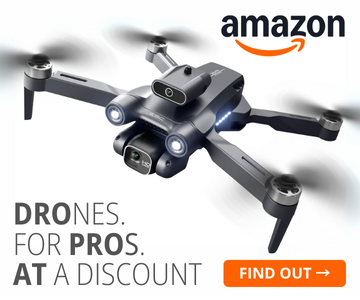 illustration: Bing AI
illustration: Bing AIData published in Nature Humanities and Social Sciences Communications, collected by Spanish researchers: Erika Fernández-Gómez, Paula Neira Placer, and Beatriz Feijoo Fernández, show that the average age of children`s first contact with a mobile phone in Spain is about 11 years.
Children`s ability to identify advertising content
The study involved 35 children aged 10-14. The results reveal that while most of them can identify advertisements marked with the hashtag #ad, they still struggle to recognize subtler forms of promotion. The influence of social media figures makes children see them more as friends than as brand collaborators.
Children aged 10–14 were able to recognize, on average, 3.25 promotional elements out of five presented in the study. Detailed findings highlight variations depending on age and advertising awareness levels.
| Age group | Average number of recognized ads (out of 5) |
|---|---|
| 10-11 years | 2.1 |
| 12-14 years | 3.9 |
When ads were labeled #ad, recognition rates increased, especially in older age groups.
Reactions to influencer advertising content
According to Erika Fernández-Gómez, Paula Neira Placer, and Beatriz Feijoo Fernández, despite recognizing the commercial nature of many posts, children usually take a neutral or positive stance towards ads, particularly when promoted by their favorite influencers. Only about 40% of respondents felt that ads shared by influencers were unethical or misleading, indicating a relatively low level of criticism toward such content.
The study emphasizes the need for media education on advertising recognition in schools and homes. The findings suggest that younger audiences may need more support to understand the intentions and techniques used by marketers on social platforms.
***
The study was conducted by Erika Fernández-Gómez (Universidad Internacional de la Rioja UNIR, Logroño), Paula Neira Placer (Xunta de Galicia, Santiago de Compostela), and Beatriz Feijoo Fernández (Universidad Villanueva, Madrid).
The results were published in November 2024 in Nature Humanities and Social Sciences Communications under the CC BY-NC-ND 4.0 license. They can be accessed at
https://doi.org/10.1057/s41599-024-04003-3
COMMERCIAL BREAK
New articles in section Marketing and PR
Dance in the media mirror. Between culture, business and viral fame
KFi
Over 78,000 media pieces, 1.6 billion potential views, and 197,500 social media mentions-dance in Poland is no longer niche. With a combined media value exceeding PLN 800 million, it now outperforms MMA, handball, and hockey.
PR in Poland. Ranking of the largest public relations agencies 2025
KFi
The smallest teams often generate the most publications, and agencies outside Warsaw are increasingly capturing media attention. This unexpected distribution of power is one of the key findings from the 2025 PR Agency Ranking in Poland, developed by Widoczni and IMM.
Connected TV and borderless advertising. The ID5 report
KFi
Viewers are moving away from cable TV. And they are doing it en masse. Already 86% of Europeans watch content via Connected TV and global ad spend in this segment is set to double by 2028. The industry is undergoing a communication revolution.
See articles on a similar topic:
SEO and AI in Polish e-commerce 2025. Harbingers analysts’ report
Krzysztof Fiedorek
Although 44.56% of e-commerce traffic comes from organic results, over half of online stores are not seeing growth. The biggest surprise? A staggering 9.5 million monthly visits lost due to dead content. On top of that, 38% of companies still don’t appear in AI-generated answers - a new and growing source of visibility.
When a Review Lies. The Growing Threat of Fake Opinions Online
KFi
Popularity of digital marketplaces rises, so does a less welcome trend: fake reviews. These manipulated opinions distort product rankings and mislead consumers, all while unfairly disadvantaging honest businesses. And despite regulatory efforts, the problem is far from solved.
A Socially Responsible Company. This Image Pays Off
RINF
Poles and Spaniards are the most likely in Europe to buy from socially responsible companies, according to the Global State of the Consumer Tracker report, developed in late June by Deloitte’s consulting experts.
Email Marketing Done Right. How to Avoid Ending Up in SPAM
BARD
One in three Poles receives between 10 and 20 promotional emails daily, and more than half receive at least 10, according to a study by Redlink. For an email to stand out among the competition and be read by the recipient, three key factors are essential, capturing the most attention from recipients.





























